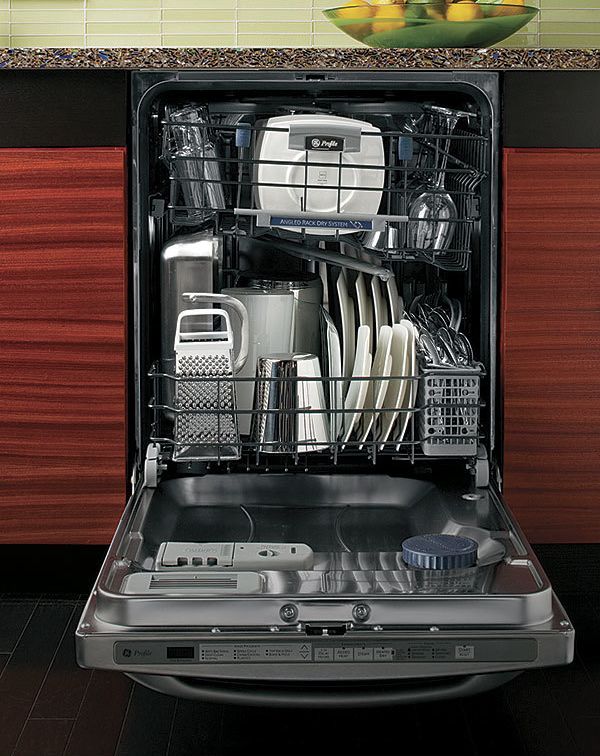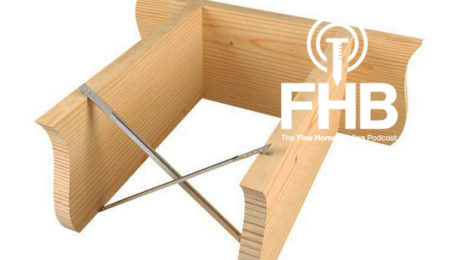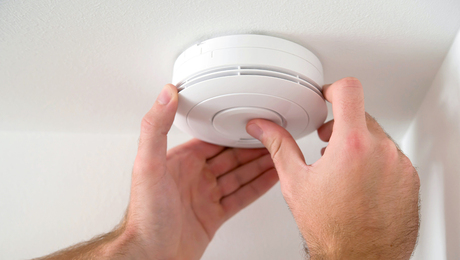The Dirt on Dishwashers
Manufacturers step up to the plate with models that meet or exceed new guidelines for energy and water usage—and provide a space for every single spoon.

Synopsis: If you haven’t shopped for a dishwasher in a while, the number of features to choose from might surprise you—flexible storage racks, steam cleaning, hidden controls, half-load wash options, and dishwasher drawers among them. Even better, rinsing and prewashing before loading is a thing of the past, and improved insulation and motor design have made the best dishwashers nearly silent. Dishwashers are also more efficient: Energy Star models use less electricity and less water. Writer Sean Groom is your guide as you shop for the new dishwasher you know you need.
I’m old enough to remember washing dishes by hand because it was our only option, but young enough to remember the relief when my parents finally bought our first dishwasher. A lot has changed since my green paneled savior arrived. For one, dishwashers are pretty much de rigueur in kitchens today. More people have dishwashers than cable TV. On the performance side, rinsing and prewashing before loading is a thing of the past; improved insulation and motor design have made the best dishwashers nearly silent; and any dishwasher worth its salt uses less energy and water than washing dishes by hand.
If you haven’t shopped for a dishwasher in a while, the number of features to choose from might surprise you. They include flexible storage racks, steam cleaning, hidden controls, half-load wash options, and dishwasher drawers. They’re also more efficient: the Department of energy just upped the ante for Energy Star dishwashers, requiring they use less electricity and for the first time imposing restrictions on water usage. In addition, the required minimum efficiency for all dishwashers will be raised in 2010.
Dishwasher prices run from $200 to $2000. For comparison purposes, this article lists street price, the retail price you’d expect to pay on most models. You can find models that clean fairly well for about $350 but don’t have a lot of bells and whistles. At $500 and above, you’ll find quieter machines, higher efficiency (in some cases), soil sensing wash programs, stainless-steel tubs, and some convenience features. Once you cross the $900 threshold, you’ve entered the bling zone. Here’s where you find the most efficient machines with specialized cycles for everything from plastic containers to crystal, more flexible rack configurations, and a host of aesthetic embellishments.
Bling aside, you don’t want your dishwasher to be a conversation stopper. If quietness is a priority, look for a dishwasher with separate motors for washing and draining and plenty of insulation around the tub and in the door. To compare noise levels, look at the dishwasher’s dBA rating. It’s similar to a decibel rating, but accounts for frequencies having the greatest effect on the human ear. Quiet dishwashers have dBA values from 40 to the low 50s; lower is better. if the dBA rating is not in the product literature, it’s too high to brag about.
Efficient washing takes time and heat
Depending on the age of your dishwasher, the first thing you’ll notice about the latest crop is that wash cycles are much longer. A regular cycle might last over an hour and a half, and some heavy-duty cycles stop the clock at three-and-a-half hours (including drying). It may seem counter-intuitive, but lengthening the cycle dramatically reduces energy and water consumption while improving cleaning.
For more details and photos on dishwashers, click the View PDF button below.

























